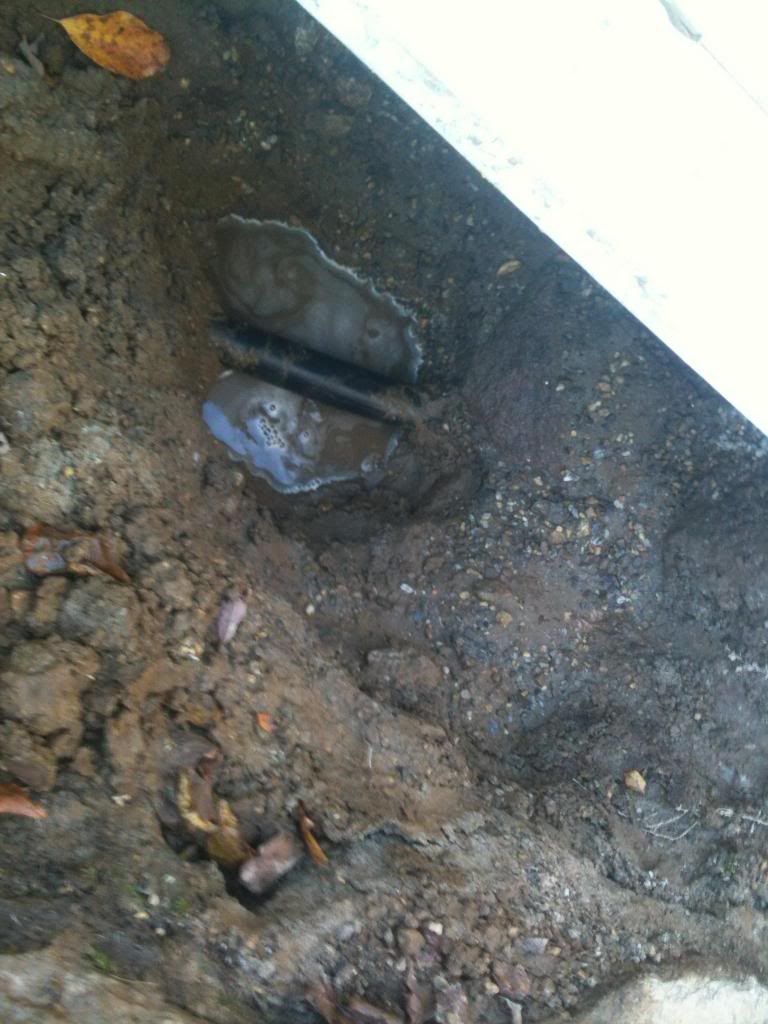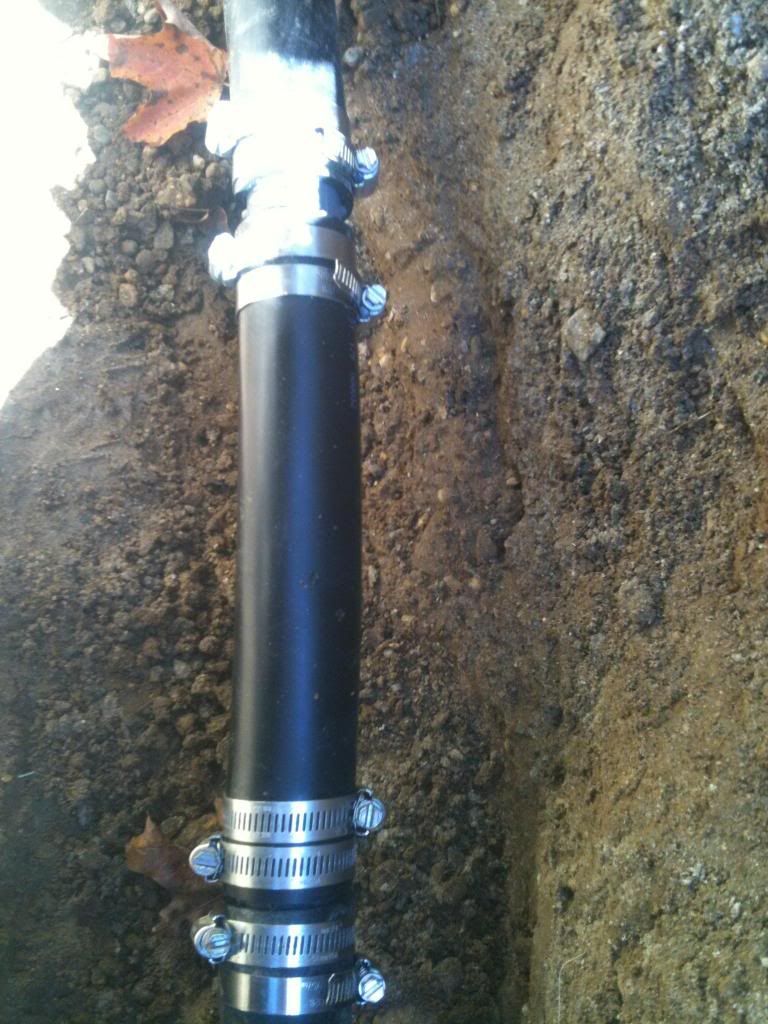Hi TFP Friends,
I did a baqua to cholrine conversion back in April and had a fantastic and less expensive summer! The only problem that I ran into was that I was losing water...a significant amount, over 250 gallons a day while running pump. I added water throughout the summer, did a bit of troubleshooting but wasn't able to find anything significant until recently when I noticed a bit of water that was coming out from under my flagstone patio - and dug a bit to find a larger puddle with bubbles coming from the return plumbing. This is where I am at right now but wanted a bit of advice on how to proceed.
I plan to dig more around the plumbing today to try and find the location of the leak, but the weird part is that I don't think there are any fittings so it may just be leaking straight from the pvc. If this is the case, can I just cut and sharkbite the plumbing or will I need to be a bit more involved?
Anyway, I will take pictures and keep you all posted on the progress.
I did a baqua to cholrine conversion back in April and had a fantastic and less expensive summer! The only problem that I ran into was that I was losing water...a significant amount, over 250 gallons a day while running pump. I added water throughout the summer, did a bit of troubleshooting but wasn't able to find anything significant until recently when I noticed a bit of water that was coming out from under my flagstone patio - and dug a bit to find a larger puddle with bubbles coming from the return plumbing. This is where I am at right now but wanted a bit of advice on how to proceed.
I plan to dig more around the plumbing today to try and find the location of the leak, but the weird part is that I don't think there are any fittings so it may just be leaking straight from the pvc. If this is the case, can I just cut and sharkbite the plumbing or will I need to be a bit more involved?
Anyway, I will take pictures and keep you all posted on the progress.





